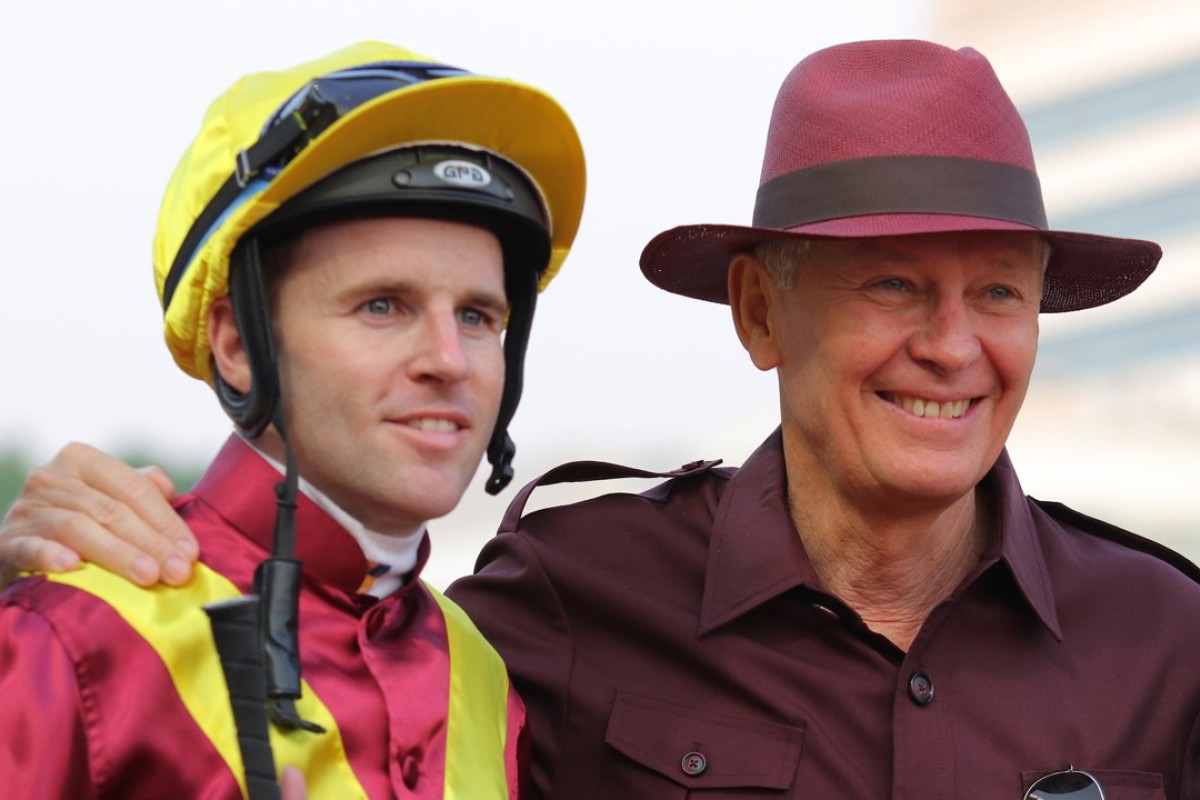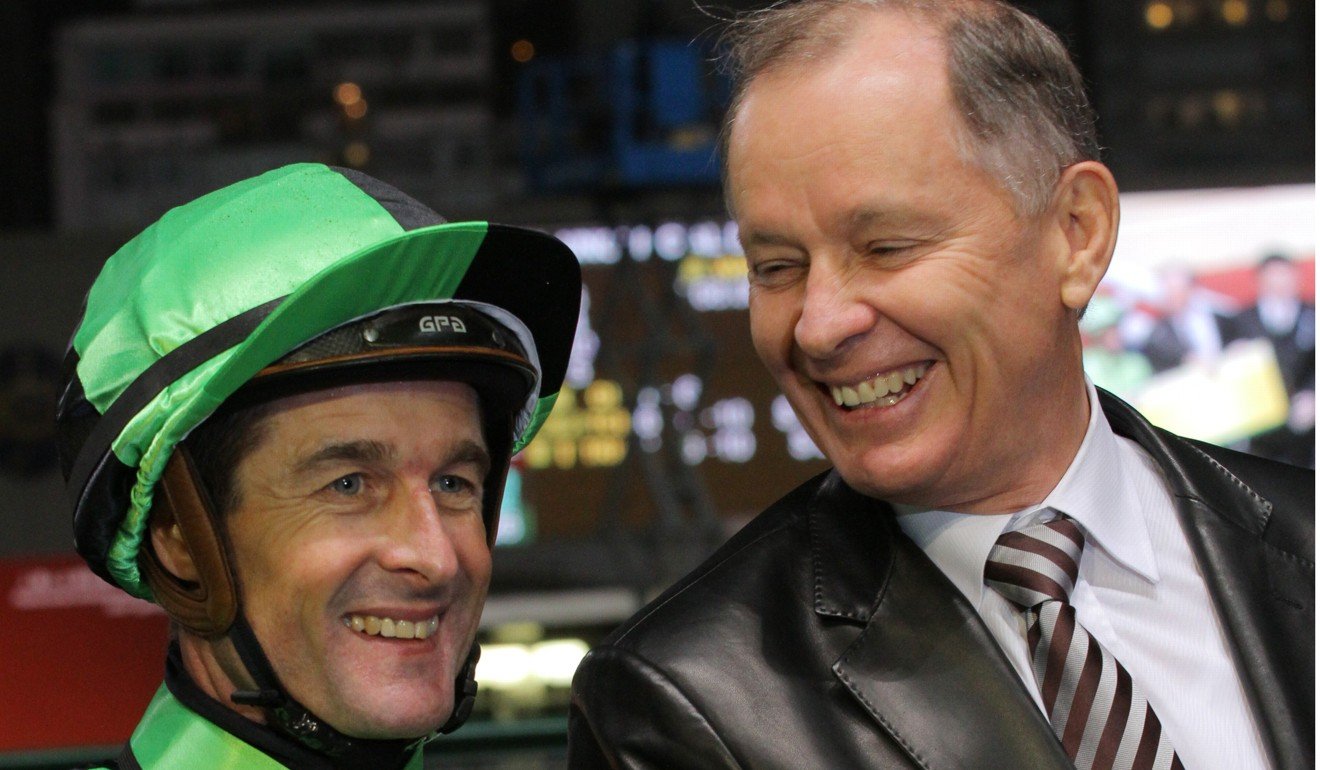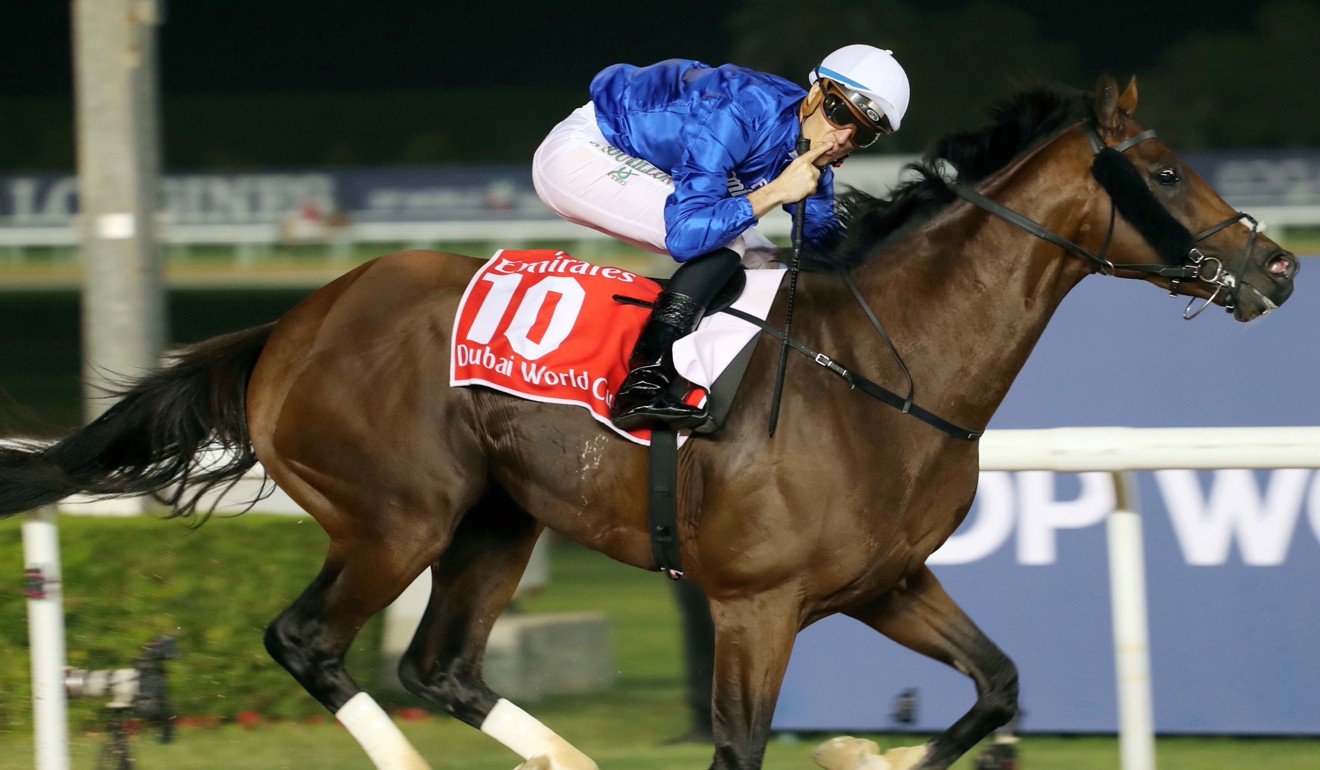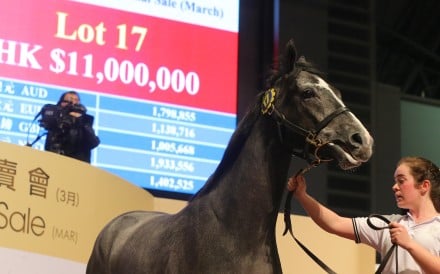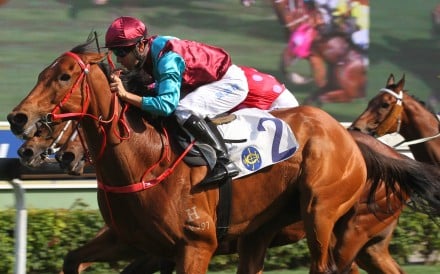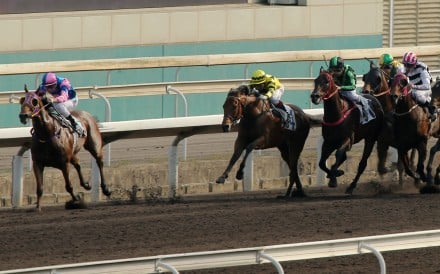Did last week’s dissolution of the Tommy Berry-John Moore partnership finally sound the death knell of the stable-retained rider?
We did a piece last year looking back 20 years to a very different composition of the jockeys’ room at the time of the handover – just three club jockeys and eight stable retainers, 21 apprentices and six local freelancers.
The retained rider system had its roots in racing as a betting sport even earlier than that, a huge part of which was quietly setting horses up for “the day”.
Owners and trainers wanted to work with a trusted jockey partner to undertake whatever was necessary to have their Lucky Money Golden Dragon on the right handicap, fit and ready to back when they said go. It was not even about having the best jockey, just one who could be trusted and wouldn’t be shared with others so that loose lips wouldn’t sink the ship.
Tommy Berry part of the family as John Moore bucks trend to add Darren Beadman-like boost
That’s why there were, and still are to a lesser extent, rules about retained riders taking mounts opposing their retaining yard. The suspicion was that a rider might stop someone else’s horse from beating the horse from his retaining yard. That’s why Tommy Berry was not allowed to ride Gold Mount last week, despite Moore, who had runners, not requiring his services.
There has been some change to that – the number of outside rides permitted was changed after Darren Beadman’s arrival, and, early this season, we even had the club treating Berry like a club jockey when he was not allowed to ride Chautauqua, even if Moore would release him.
The retained rider had become such a rarity that Berry was counted as a club jockey for purposes of keeping a suitable population in the jockeys’ room.
Alberto Sanna has the Midas touch at Happy Valley, snaring a double with Gold Mount and Golden Kid
But the passing of the time when Hong Kong racing was only about organising the day to land a bet was also the passing of the time for requiring your own jockey.
The nature of those old trainer-jockey retainerships meant that, when they broke up, they did so due to a lack of success in some cases but due to money or trust matters in others, and so many ended badly, and the club trended away from allowing a switch to club rider just to separate the parties. Berry’s parting from Moore did not end with ill will so it was perfectly reasonable that he be allowed to make the switch.
Perhaps the concept of a stable-retained rider has been on life support since the early years of this century, anyway, when the lines got so blurred for Shane Dye and Felix Coetzee.
That was when trainers and owners started to realise that they could have a similar close relationship with a top jockey as in a retainer but with the Jockey Club footing the expenses.
In John Size’s first three seasons at Sha Tin, Dye partnered 68 per cent of his runners and Coetzee wasn’t far behind in his duties for Tony Cruz.
That dwarfed even Douglas Whyte’s role as first choice for Size later, when he didn’t get to 50 per cent of the rides over any significant period, even before the club gave Size and Cruz a nudge over their domination of the club riders as de facto stable jockeys.
Since that time, there were a couple of retainerships for lesser yards that served purposes that were not necessarily straightforward, and there was the successful Moore-Beadman combination, which will stand as a the last such arrangement to actually work.
A club jockey chops and changes mounts, riding the wave of an in-form stable before moving on as momentum slows and trainers seek the services of the hot hand riders and discard them when they are fruit out of season, too.
Retainers worked in a different time for the same reason that they don’t work now – the fortunes of rider and trainer were tied to the fortunes of the other as they worked towards common goals, but they sink together too when things aren’t flying.
The Berry-Moore relationship got off to a slow start then got worse, and the irony is that their partnership will probably improve again now that they are free to combine, or not, as fortunes decree.
Simulcasts show punters will bet on anything
Saturday night’s simulcast from Dubai again highlighted how successful those operations are in spite of so many characteristics that would suggest they should be challenging.
The races from Dubai are late at night, run on tracks often described as dodgy, or synonyms thereof, and often populated by horses, trainers and jockeys many of whom are not that well known to Hong Kong punters.
It doesn’t seem to matter. In terms of multi-race simulcasts, Dubai ranks second to only Macau as the most successful venues and not by any flash margin.
Yet Macau is virtually the polar opposite – the timing suits, the culture and design of the racing is familiar, punters know the participants and Hong Kong and Macau even have a crossover of ownership. Yet, Dubai seems to keep in touch with the strong Macau figures while simulcasts on Australia, for example, don’t seem to improve other than a spike here or there.
Hawkbill and Blue Point bound for Hong Kong as Godolphin gear up for Group One assault
(We do have to separate race day simulcasts – typically one race and usually from Japan – as their own animal. On a single race, the Japan simulcasts have been as much as HK$40 million which drops away on a per race basis once we get multiple events, although there has only ever been a handful of those. The Osaka Hai on Sunday averaged HK$25.5 million per race, a distant second to the last Arima Kinen averaging HK$33.5 million in December.)
Saturday night’s HK$205 million simulcast on seven races was up HK$28 million on World Cup night 2017, although that isn’t a reliable comparison. For one thing, the coverage went from six races a year ago to seven last weekend, and the 2017 number was an aberration anyway as it was down by HK$19 million on the year before, which had also been six races.
Prior to that, there had been a steady overall turnover increase with the race average hitting HK$29 million or more each year since 2015.
This weekend sees the Doncaster Handicap meeting from Royal Randwick but, for the first time in a several years, it won’t be simulcast. That’s a shame as it was, in 2017, the most successful Australian simulcast ever, averaging HK$25.38 million a race when the norm is more like HK$21 million, so it would have made an interesting comparison to see if Dubai is just simulcast fever or Dubai fever, given that even Meydan’s dress rehearsal, Super Saturday three weeks prior, averaged almost HK$26.8 million a race.
Goodbye Australia, hello Japan: simulcast shift likely as quarantine deadlock bites
Frankly, the appeal of Dubai is a mystery. Even looking at the horses that Hong Kong punters seemed to put their weight behind, it was nothing to do with Ryan Moore or Joao Moreira or Christophe Soumillon or Christophe Lemaire or anyone else. It wasn’t about personalities – busting another of the popular “wisdoms” about why Hong Kong punters bet in overseas races – but seemed to be about information.
The horses best supported, even overbet, on Hong Kong’s tote just seemed to be favourites, so the success of the simulcasts must be laid, at some level, at the Jockey Club’s proactive measures to get form, comments and articles on the runners’ prospects out to the public.
